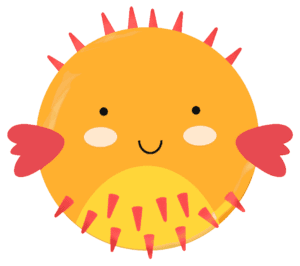Non-fiction Text Features Posters and Worksheets
$4.00
These non-fiction text features posters help students develop better comprehension of informational text and provide visual support as they read.
➡️ View on TpT: Non-Fiction Text Features Posters
Non-Fiction Text Features Posters and Worksheets
Being able to use text features is essential for understanding informational text. This set of posters and worksheets will help your students identify, understand, and use text features they encounter when reading nonfiction passages.
What is included in this resource?
• Text Features Posters
• Text Features Scavenger Hunt
• Worksheet
• Reference Sheet
➡️ Text Features Posters/Anchor Charts
The posters include a definition along with an illustrated example. I created them as a visual support for my own class. They hang in my room all year where students refer to them often.
Includes the following text features:
• diagram
• table of contents
• heading
• boldface type (also provided as “Bold Print”)
• map
• timeline
• glossary
• index
• caption
• graph
• bullet points
• sidebar
• illustration
• photograph
• italics
• title
🖨️ No color printing? No problem! These posters are provided in both full-color and black-and-white versions.
➡️ Nonfiction Text Features Scavenger Hunt
This worksheet gives students practice identifying and using text features found in a book.
➡️ Cut-and-Glue Worksheet
Requires students to glue the correct definition next to the corresponding text feature
➡️ Student Reference Sheet
This is a quick, one-page guide that explains what each text feature is; also doubles as an answer key for the cut-and-glue worksheet.
HOW TO USE THIS RESOURCE
The posters can be left whole and hung up bin your room for students to refer to throughout the year. They can also be cut apart into two separate pieces (example and definition) to use as a matching activity.
Instructions are included for printing the posters as smaller hand-held cards. You can use them during centers (matching game), as a student-pairing activity (find your text feature partner), or to place inside student folders for reference.
The reading response worksheet is best used as a practice activity during independent reading or centers. The cut-and-glue worksheet can be used for practice or as an assessment piece.
By learning how to use text features, kids can more easily identify key ideas, make connections between different parts of the text, and extract relevant information. They help students navigate through a text more effectively and also become better writers. Learning how to use headings, subheadings, and other text features to organize their writing make it more readable and accessible to their audience.
Additional information
| Grade Level | 1st, 2nd, 3rd |
|---|---|
| Pages | 43 |
| Resource Type | Visual Aids, Worksheets |
| File Type |
Preview
 Loading...
Loading...
2 reviews for Non-fiction Text Features Posters and Worksheets
Only logged in customers who have purchased this product may leave a review.








Larissa R. –
What an awesome resource! I printed these on cardstock and laminated. Then after teaching each text feature, I displayed them in the classroom. As we discovered a text feature in our daily reading work, we would make connections to the learning! Awesome review!
Pimeks P. –
Great to use when teaching non-fiction text features!